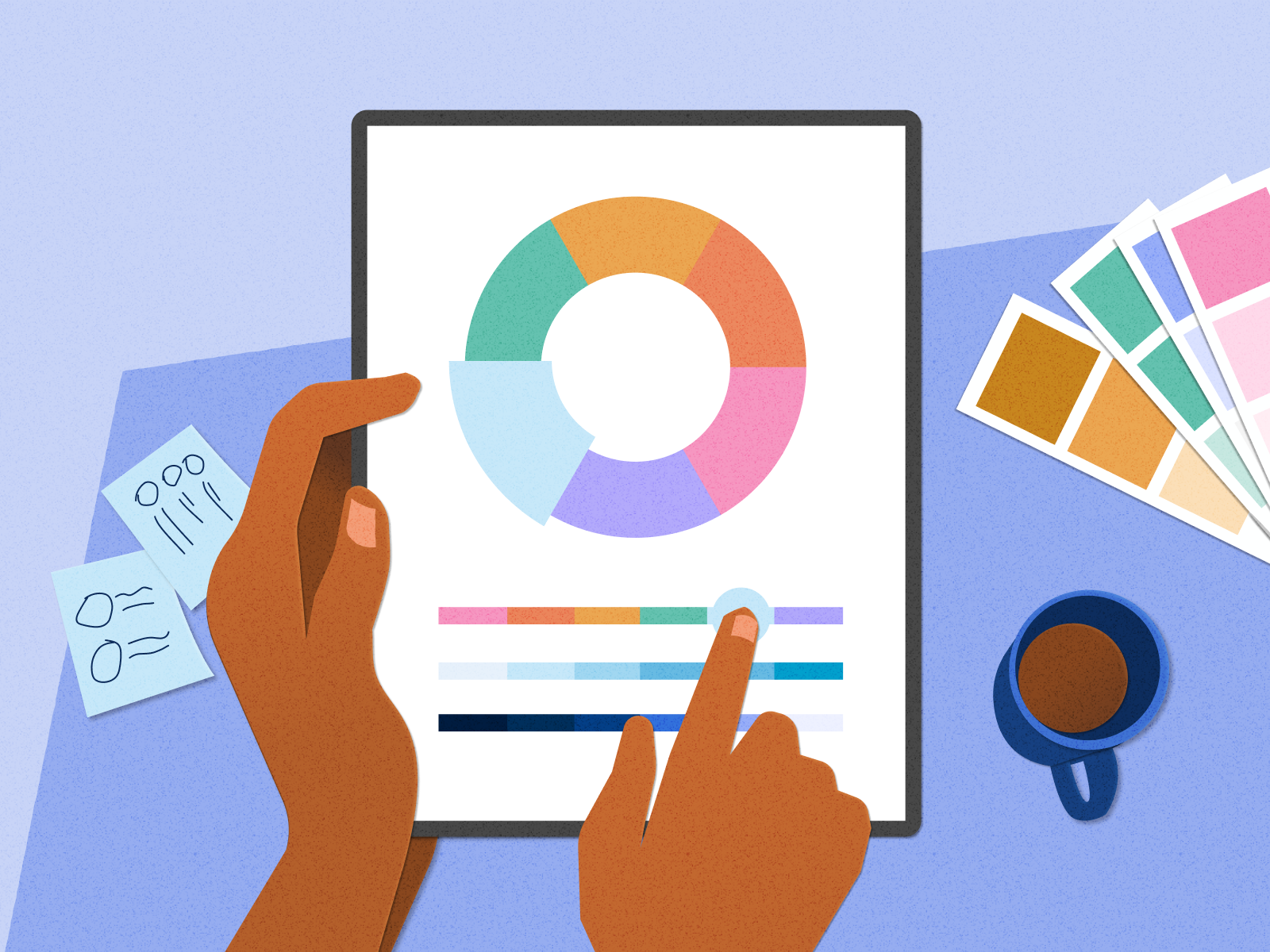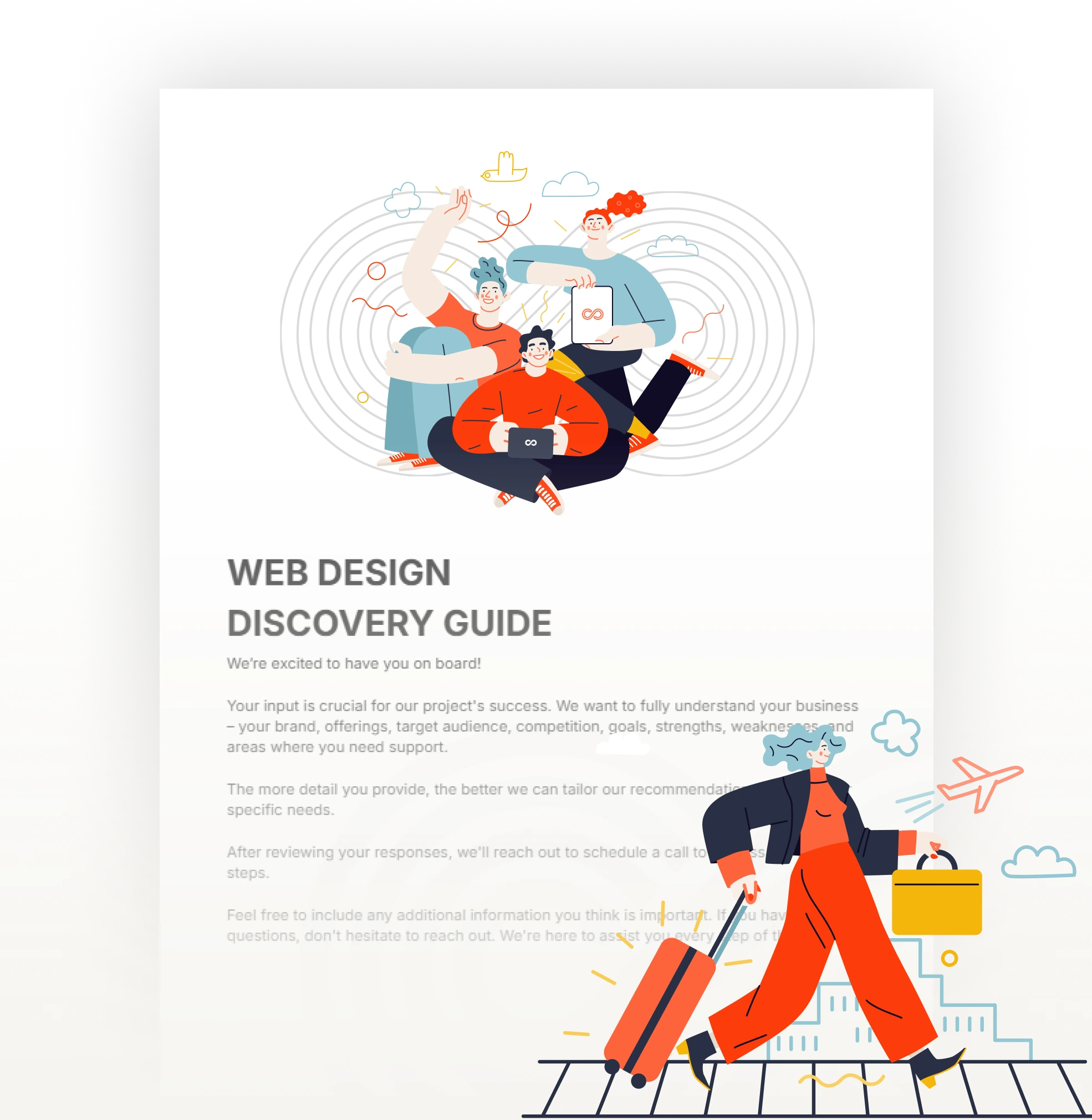Creative Aligned Position Web Design: Cutting-Edge Solutions for Your Website’s Success
Creative Aligned Position Web Design: Cutting-Edge Solutions for Your Website’s Success
Blog Article
The Most Effective Kinds Of Web Design to Improve User Experience and Engagement
In the ever-evolving landscape of electronic communication, the performance of Web design considerably affects user experience and engagement. Various design methods, such as minimalist, responsive, and interactive designs, each deal one-of-a-kind benefits that can provide to varied individual requirements.
Minimal Web Layout
As electronic landscapes end up being significantly chaotic, minimal Web layout has actually become a powerful technique to boosting customer experience. This layout approach prioritizes simplicity, concentrating on crucial aspects while eliminating unneeded disturbances. By utilizing sufficient white area, simple navigating, and a minimal shade palette, minimal design promotes clearness and routes customer focus to vital material.
The core principle of minimalist Web style is to develop a seamless interaction for customers. By reducing cognitive lots, individuals can quickly grasp details without feeling overwhelmed. This straight approach not only boosts usability but also motivates interaction, as site visitors are more probable to explore a website that is easy and aesthetically enticing to browse.
Additionally, minimal style usually emphasizes typography and images, utilizing these components tactically to communicate messages properly. This concentrate on essential elements can enhance brand name identification and develop a memorable individual experience. Basically, minimal Web style is not simply a fad; it is a thoughtful method that recognizes the value of user-centered design. By removing additional components, designers can produce an extra engaging, reliable, and enjoyable Web experience for all customers.
Receptive Web Layout
In today's diverse digital atmosphere, receptive website design has actually become vital for developing a seamless user experience across a wide range of gadgets. As individuals accessibility sites on smartphones, laptops, desktops, and tablets, the capability of an internet site to adjust its layout and material to different display dimensions and resolutions is crucial.
Responsive Web design employs flexible grids, images, and CSS media questions to make sure that Web content exists optimally, regardless of the device made use of. This strategy not only improves the visual allure of a website yet additionally dramatically enhances functionality. Individuals are most likely to involve with a site that offers a regular experience, as it gets rid of the aggravation of having to zoom in or scroll exceedingly.
By taking on responsive style, companies can boost their presence and reach a more comprehensive audience. In recap, receptive Web design is an essential technique that improves individual experience, involvement, and overall contentment.
Interactive Website Design
Receptive Web style prepares for enhancing individual experience, yet interactive Web style takes this a step better by engaging users in a much more vibrant method - Aligned Position Web Design. By including elements such as animations, clickable prototypes, and real-time comments, interactive website design astounds users, drawing them into a richer browsing experience
This technique not just promotes involvement but additionally encourages individuals to check out material proactively rather than passively eating it. Strategies such as gamification, where users earn benefits for completing tasks, can significantly boost the time invested on a website and boost overall complete satisfaction. Interactive attributes can simplify complicated information, making it much more enjoyable and digestible.

Including interactive design components can likewise cause greater conversion rates, as individuals are more probable to involve with a website that proactively includes them. Aligned Position Web Design. Eventually, interactive find more information Web design changes individual experiences right into unforgettable journeys, making certain that visitors return time and once again
Flat Style
Characterized by its minimalistic strategy, level style stresses simplicity and performance, removing away unneeded elements and concentrating on essential features. This style approach prioritizes usability, making sure that users can browse interfaces effortlessly and performance. By using a tidy aesthetic, flat style eliminates the mess commonly located in a lot more luxuriant styles, thereby enhancing customer concentrate on web content and capability.
The hallmark of flat design exists in its usage of bold colors, easy typography, and geometric forms. These components add to an aesthetically appealing user interface that is both approachable and modern. Furthermore, level design promotes a sense of quality, permitting individuals to determine crucial activities and details without distraction.
Additionally, flat design is especially effective in responsive website design, as its simpleness converts well across various devices and display dimensions. The absence of complex appearances and gradients lessens filling times, which is essential for keeping user involvement. As digital landscapes remain to advance, flat layout continues to be a relevant option for creating user-friendly web sites that enhance total experience. By concentrating on vital attributes, flat layout not just meets user needs however likewise urges smooth communication, making it an important part of reliable website design methods.
Flexible Website Design
Flexible website design tailors the customer experience by creating multiple repaired formats tailored to different screen sizes and gadgets. Unlike responsive style, which fluidly readjusts a single layout, adaptive design employs distinct layouts for particular breakpoints, guaranteeing optimum discussion on numerous systems. This technique permits developers to concentrate on the one-of-a-kind characteristics of each device, enhancing usability by delivering specifically what users need based on their context.
One of the key benefits of flexible website design is its capability to enhance tons times and performance. By my latest blog post serving customized web content and pictures that fit the individual's gadget, web sites can reduce data usage and boost loading rates. This is especially useful for individuals with slower connections or limited information strategies.

In addition, adaptive layout helps with an extra regular and regulated branding experience. Because designers produce multiple designs, they can make certain that the visual aspects align with the brand name's identification across different systems - Aligned Position Web Design. This results in a cohesive user experience, improving involvement and advertising user retention
Final Thought
Finally, the assimilation of minimal, responsive, and interactive website design principles dramatically enhances user experience and interaction. Minimal layout cultivates clarity and focus, while responsive style makes certain flexibility across various devices, promoting accessibility. Interactive design mesmerizes individuals with vibrant aspects, urging expedition and personalization. Collectively, these design approaches add to the development of easy to use atmospheres that not only enhance contentment yet additionally drive greater conversion prices, emphasizing their essential importance in contemporary Web style techniques.

Minimalist layout promotes clearness and emphasis, while receptive layout makes certain adaptability across numerous tools, advertising accessibility. Collectively, these design approaches contribute to the creation of easy to use settings that not just enhance contentment yet additionally drive greater conversion prices, highlighting their important relevance in modern Web style methods.
Report this page